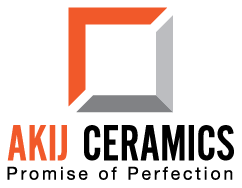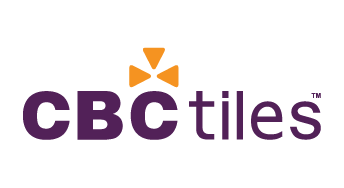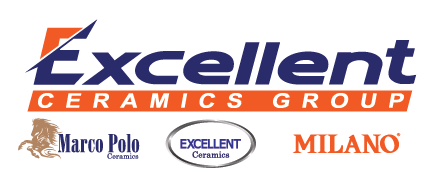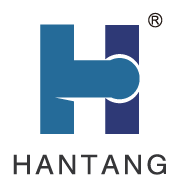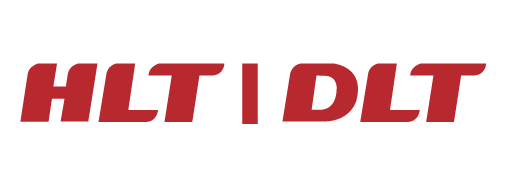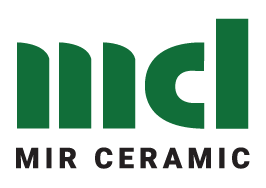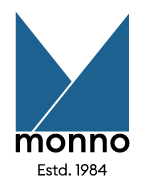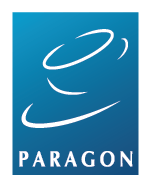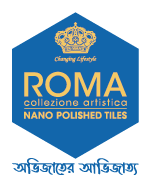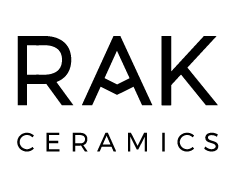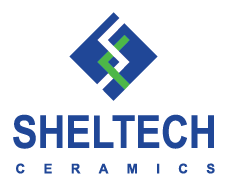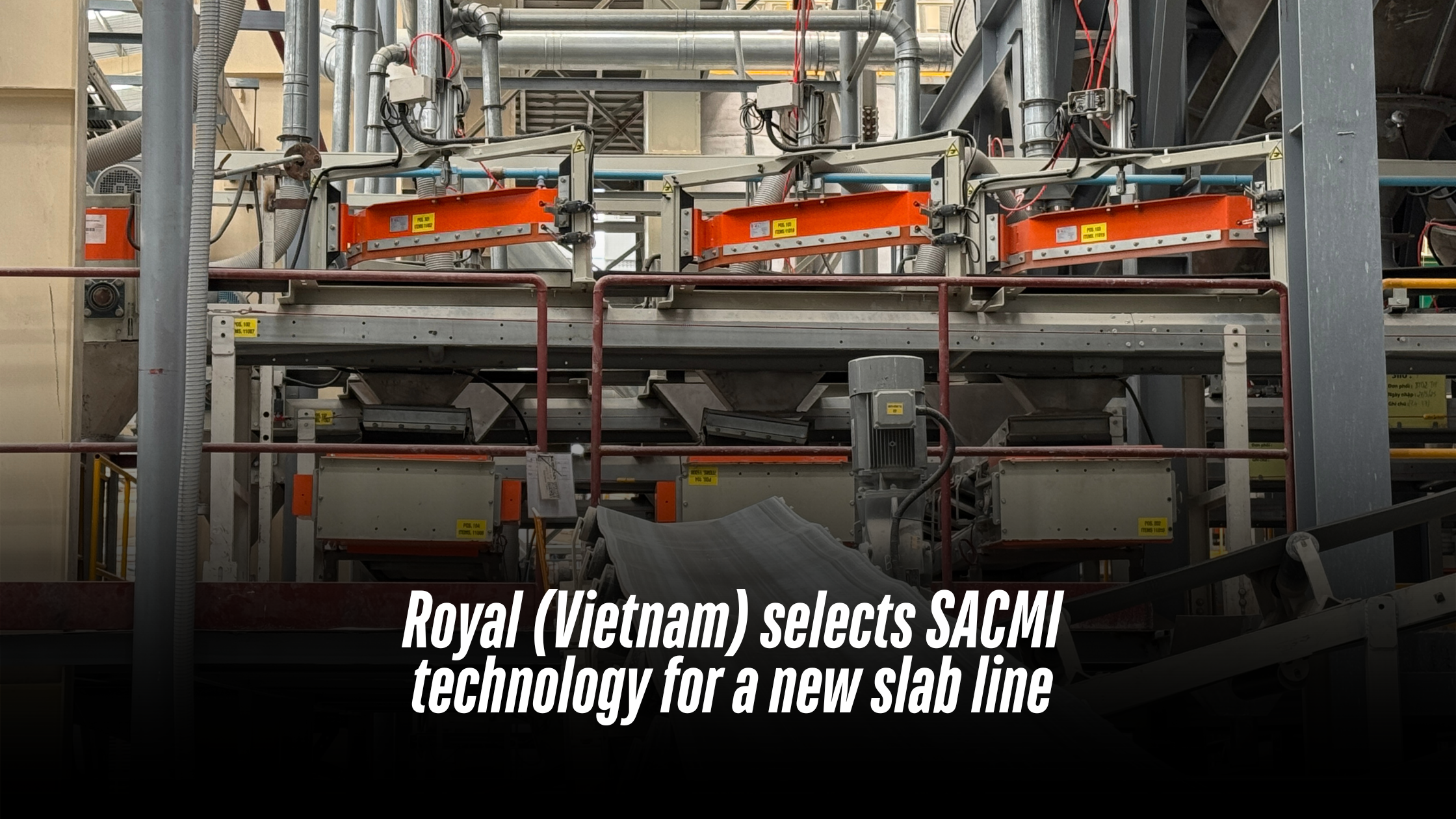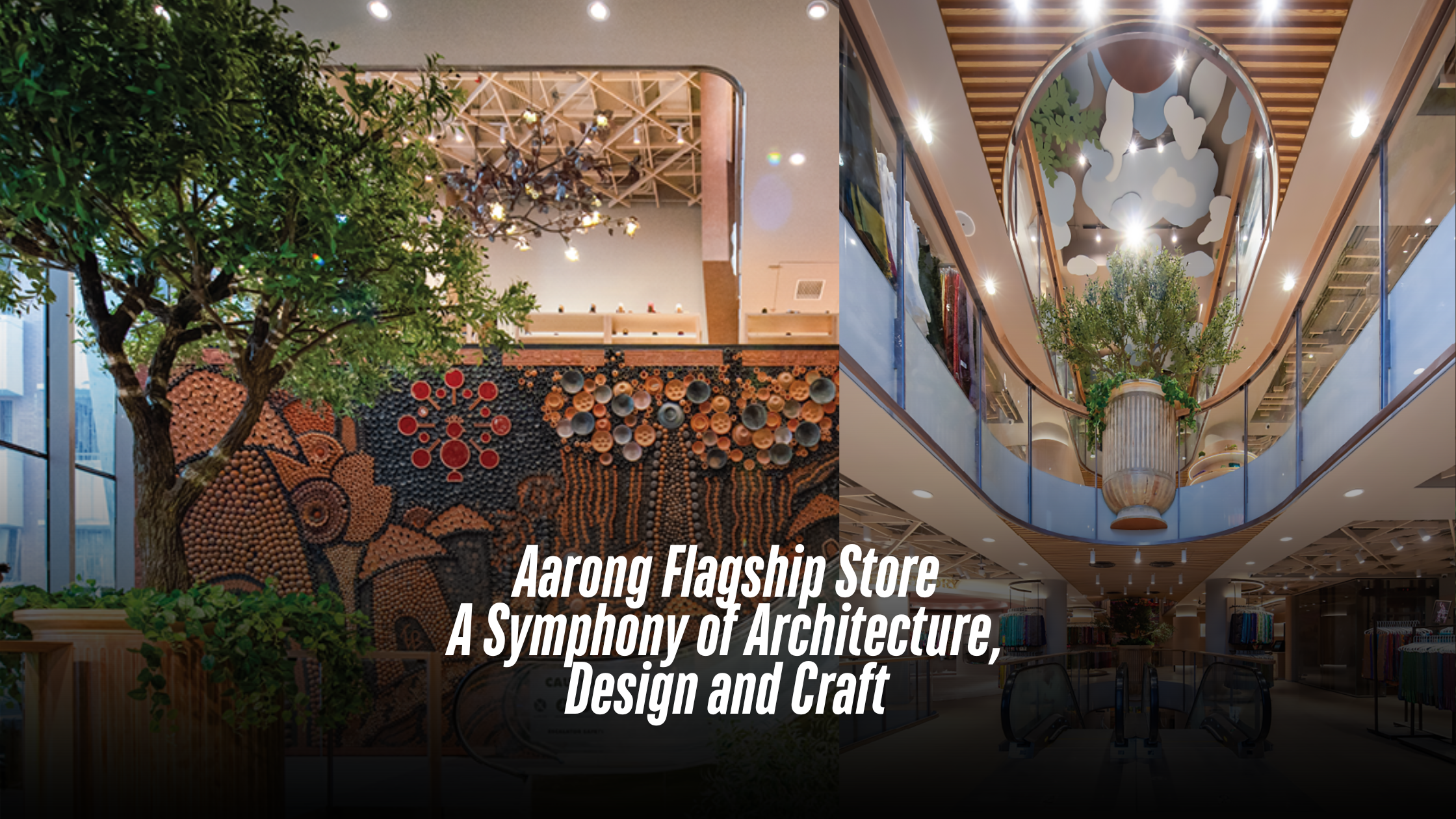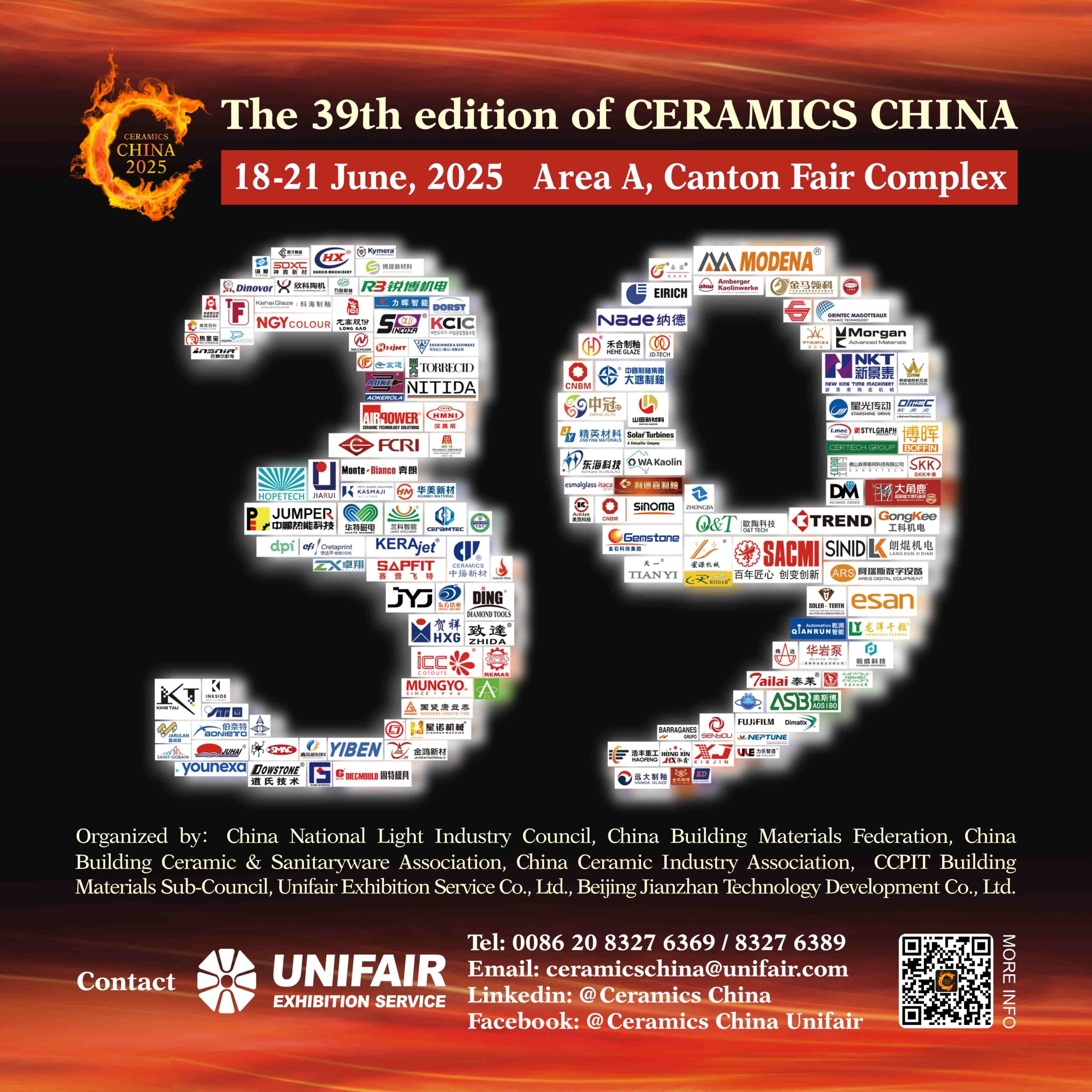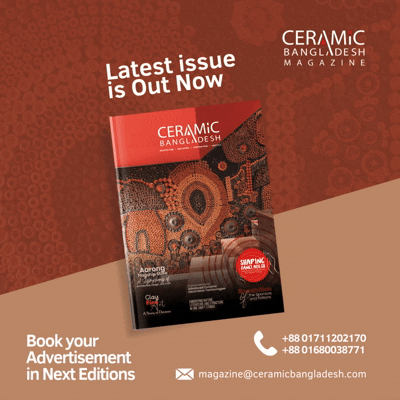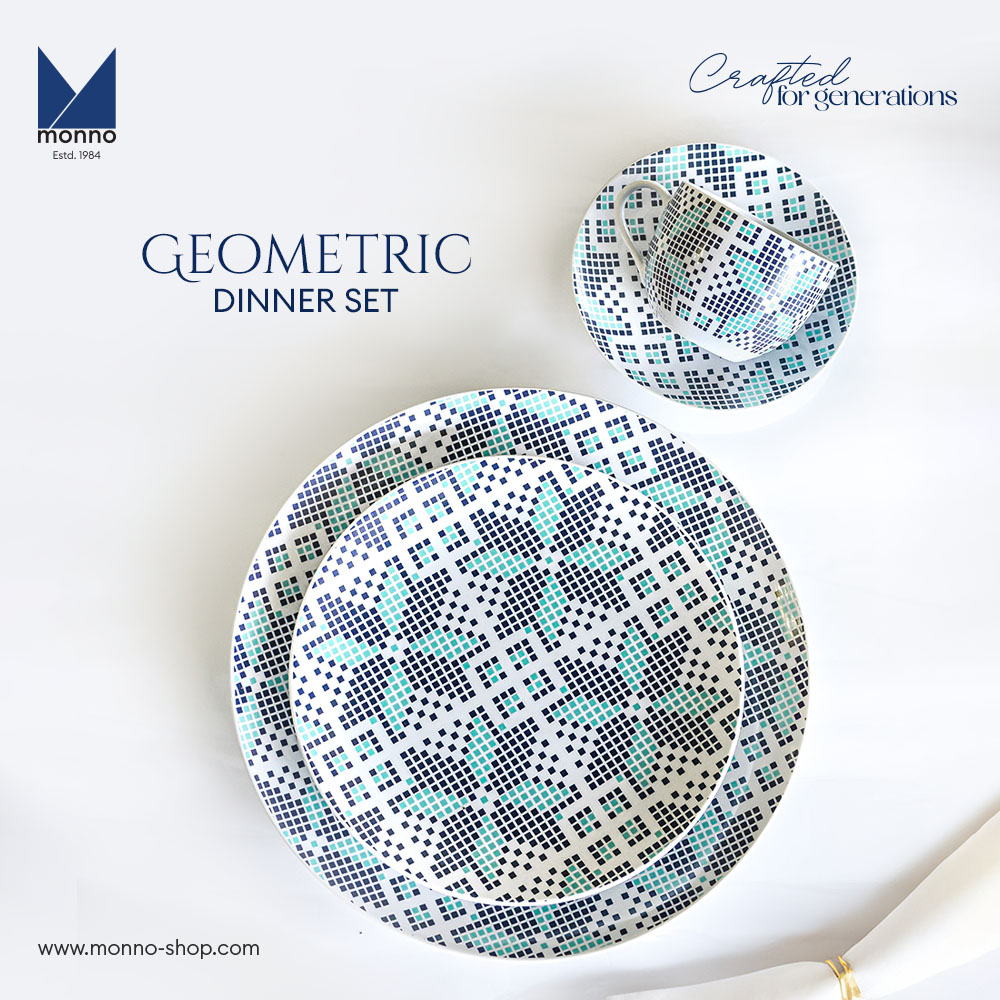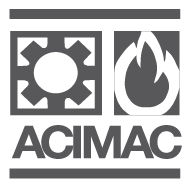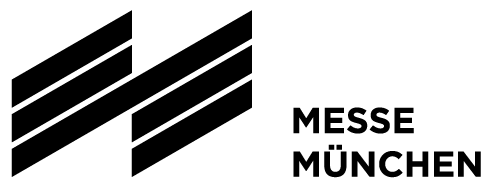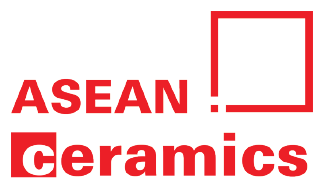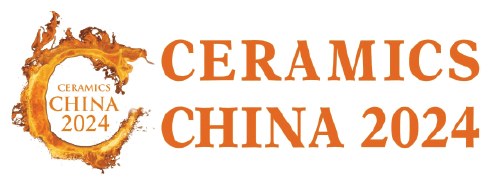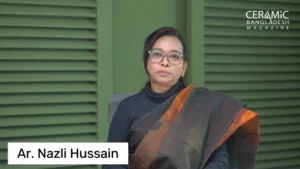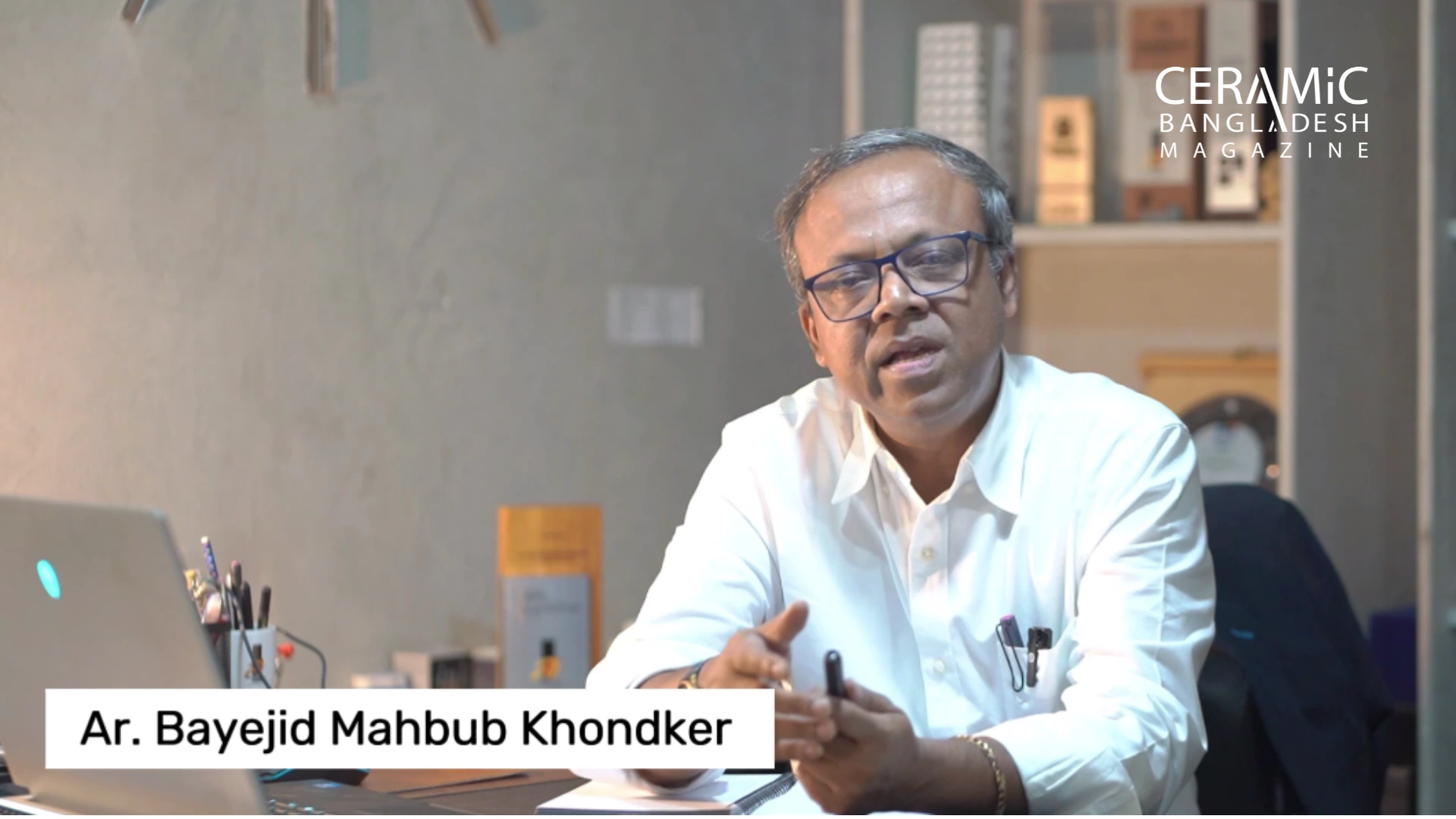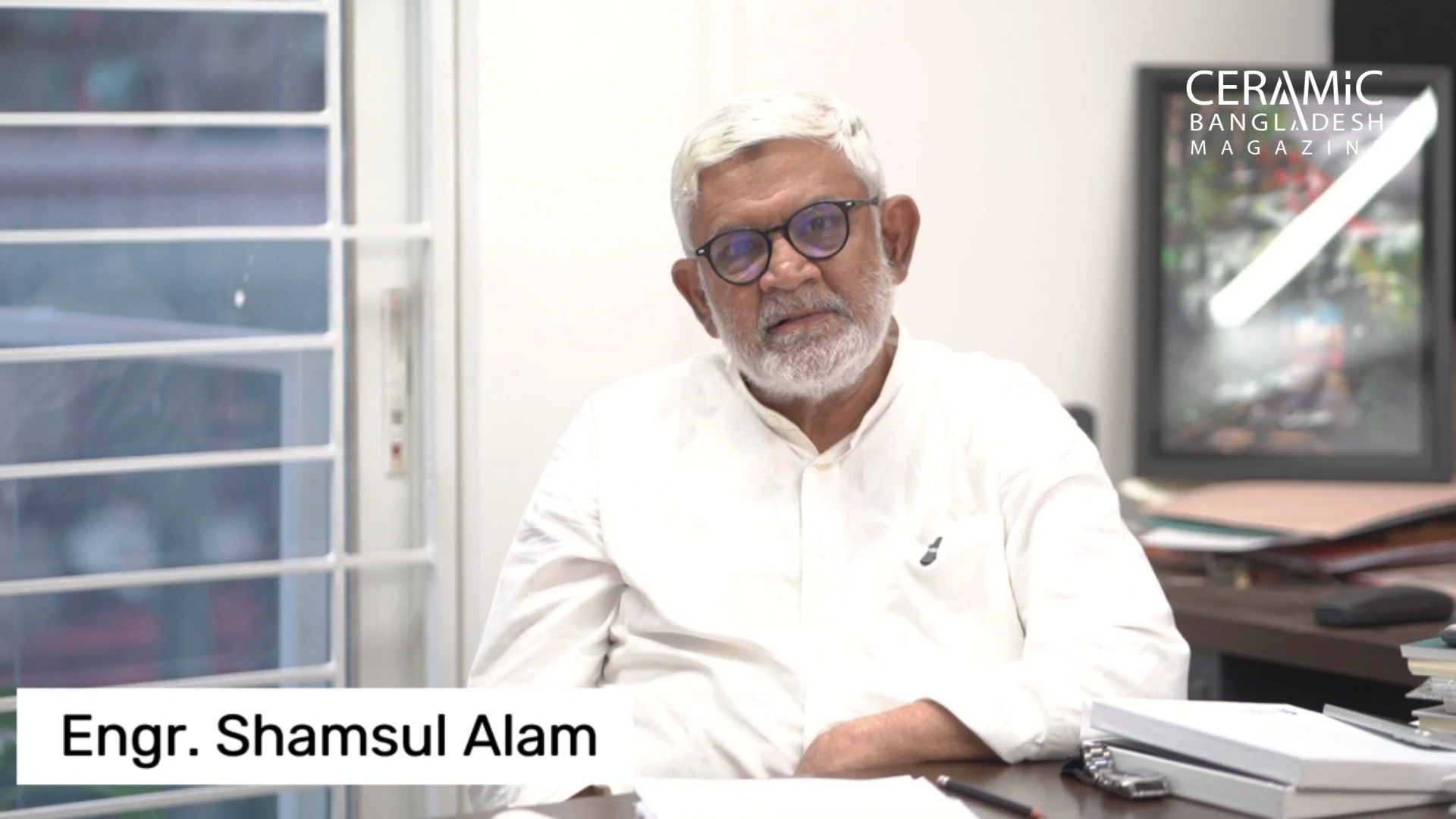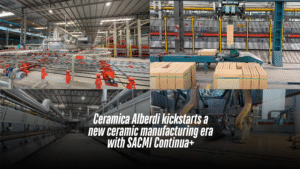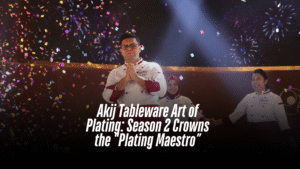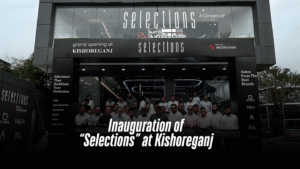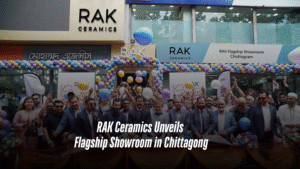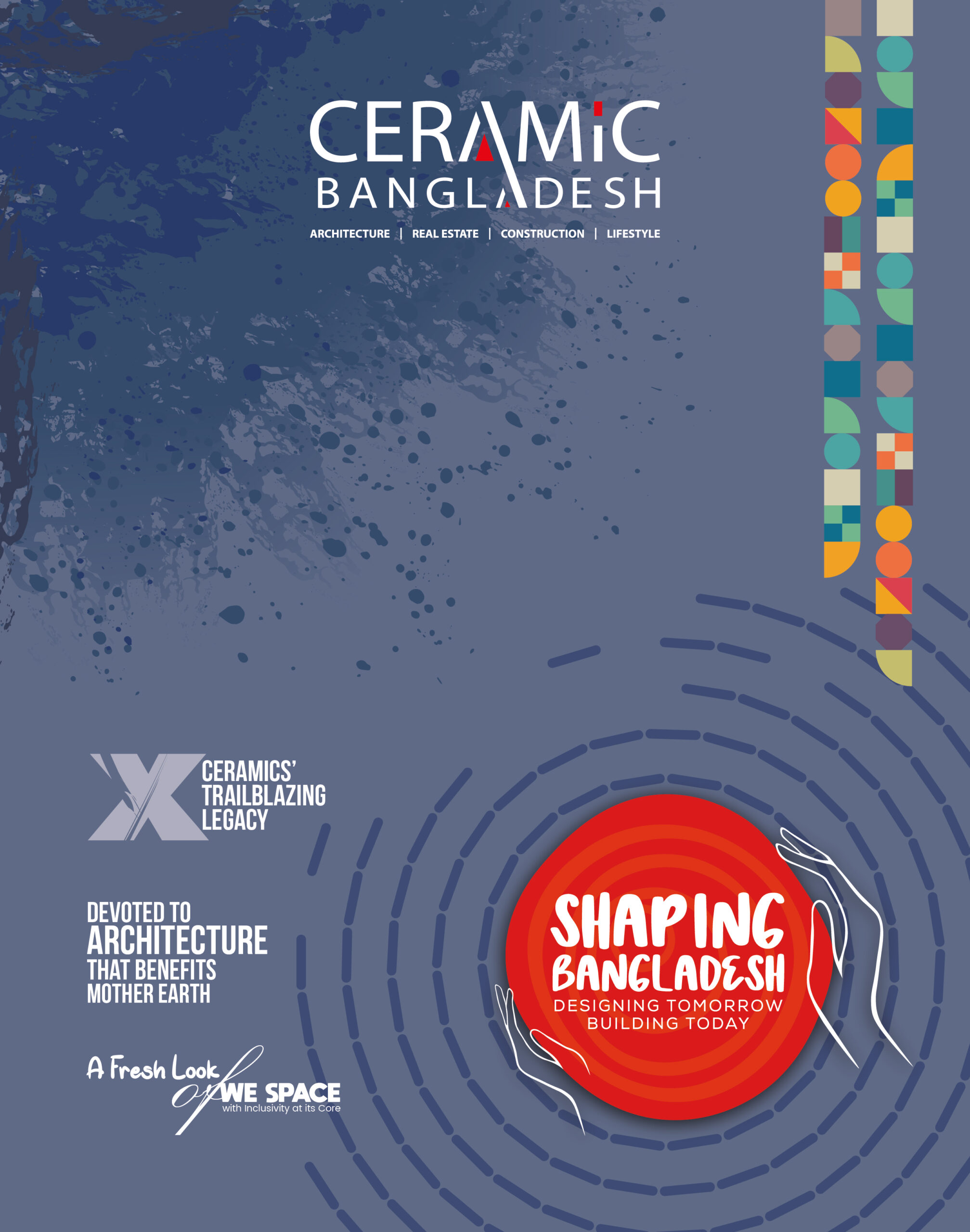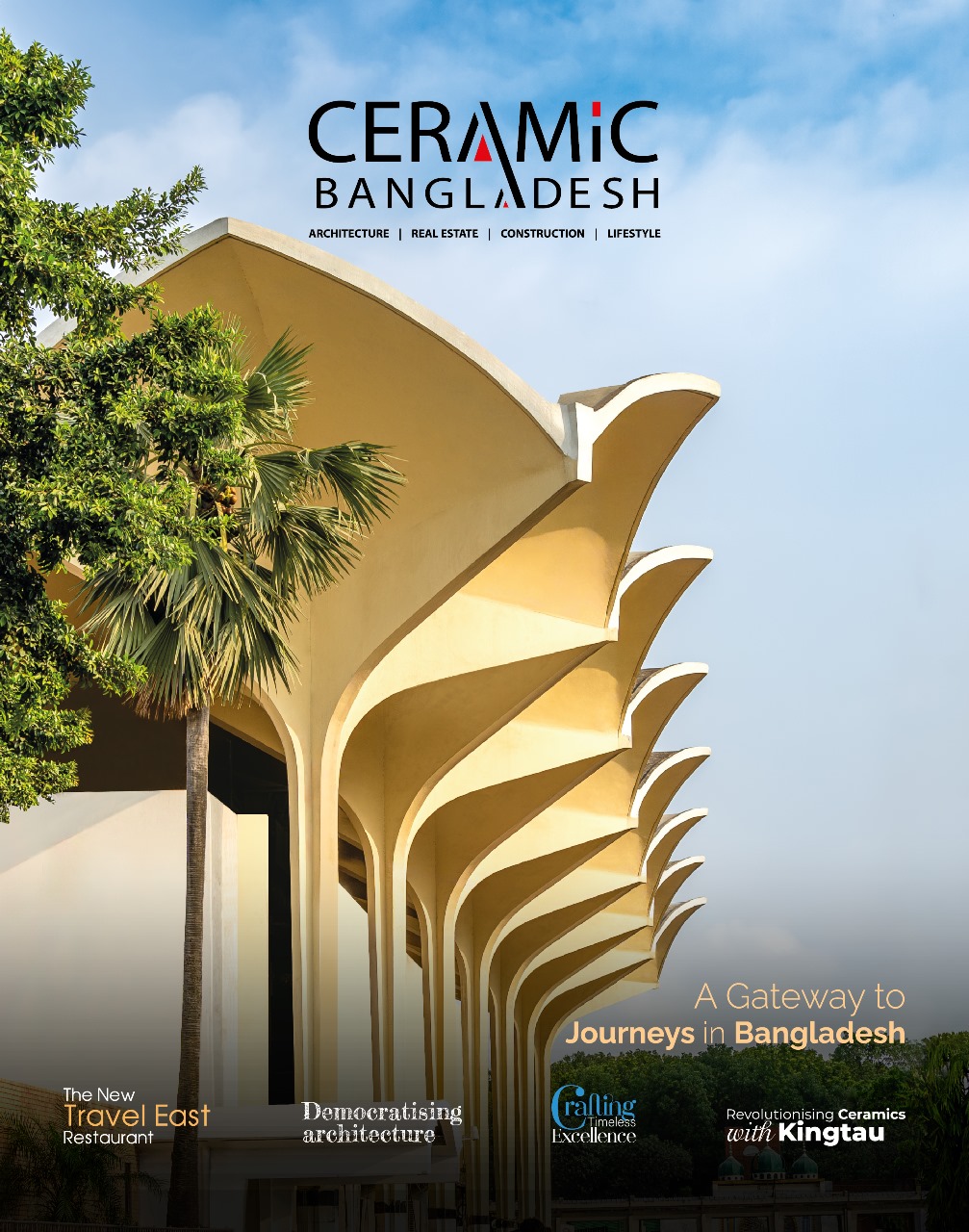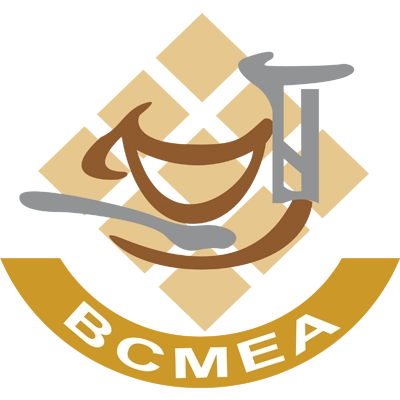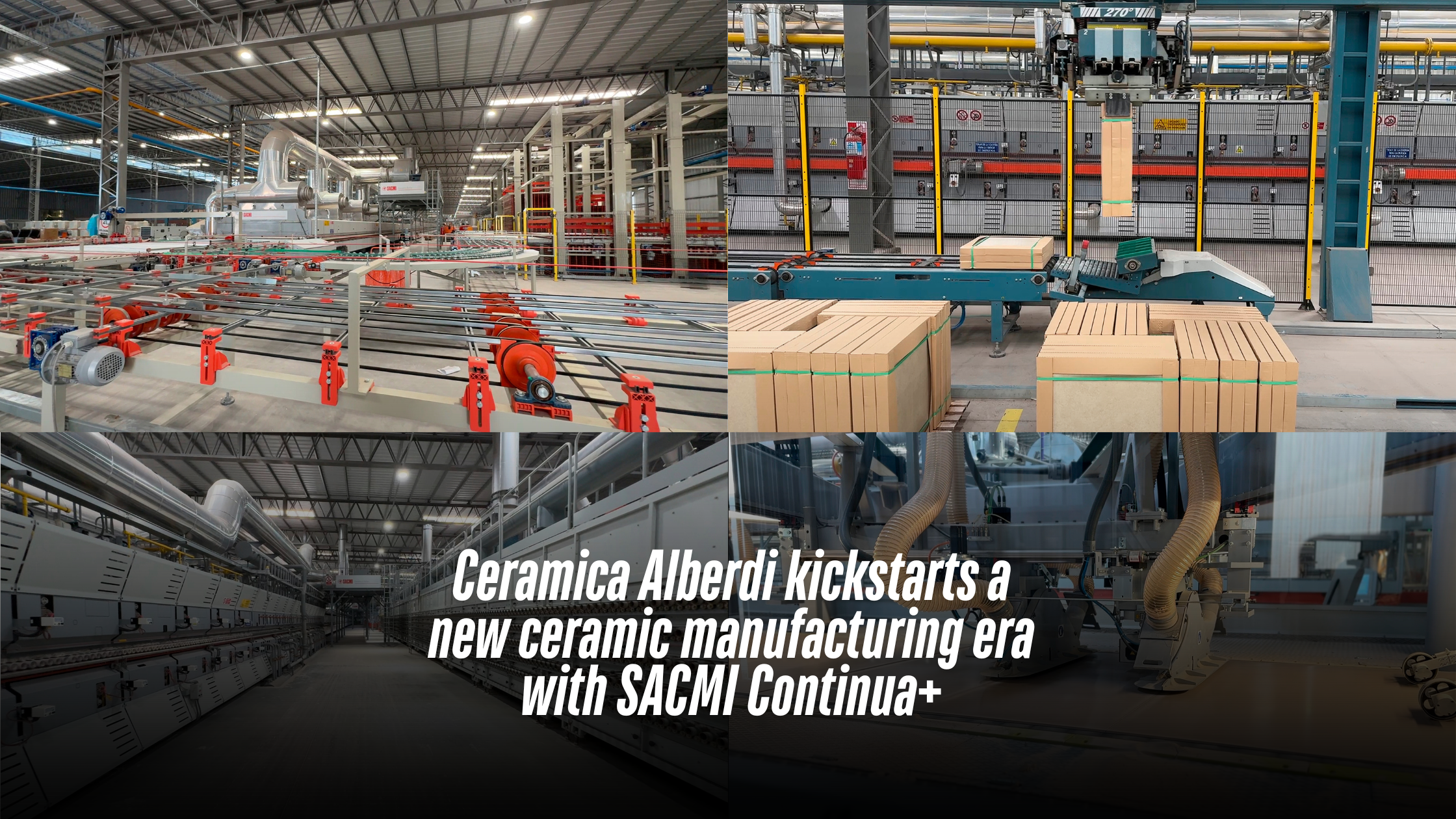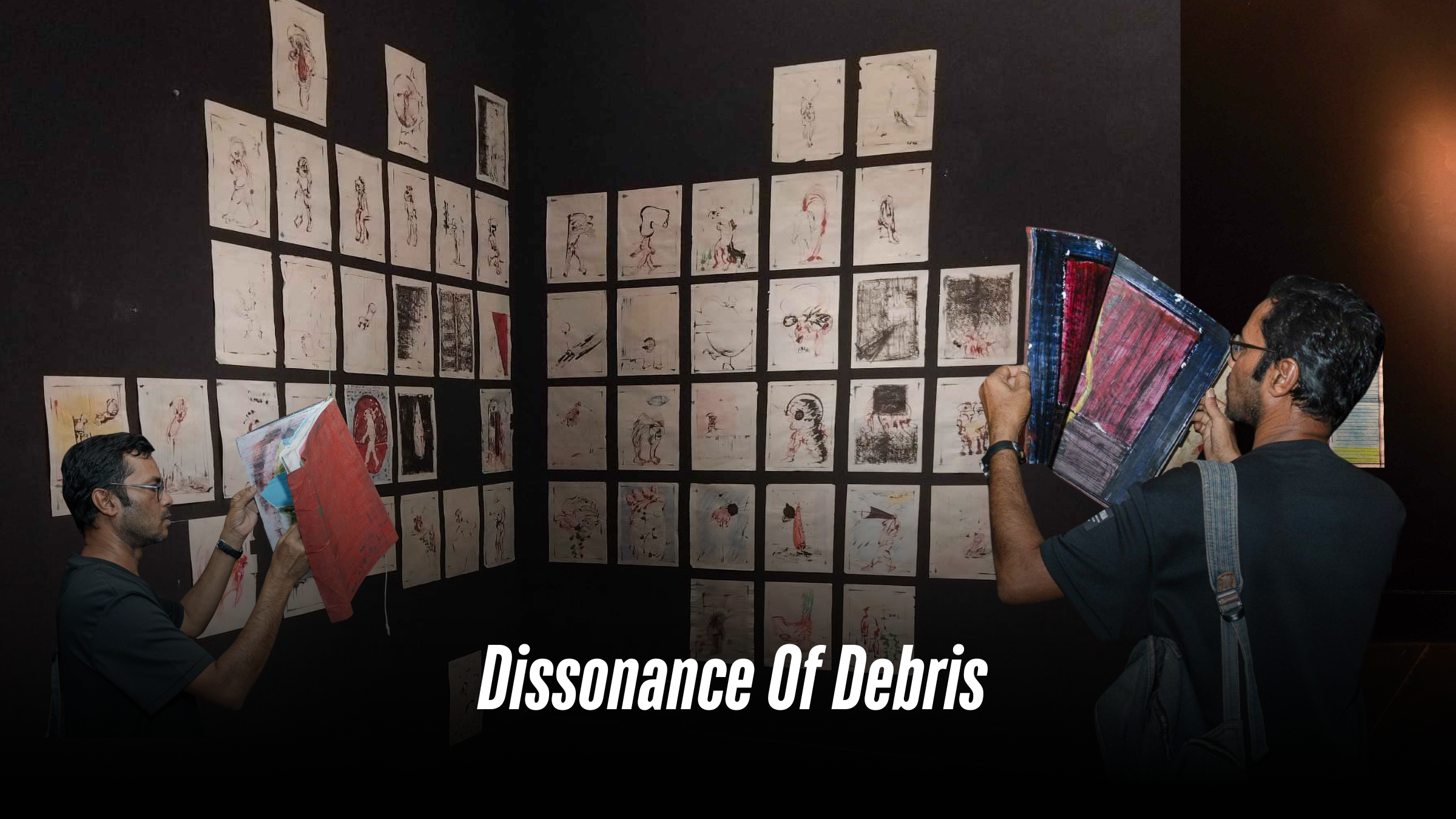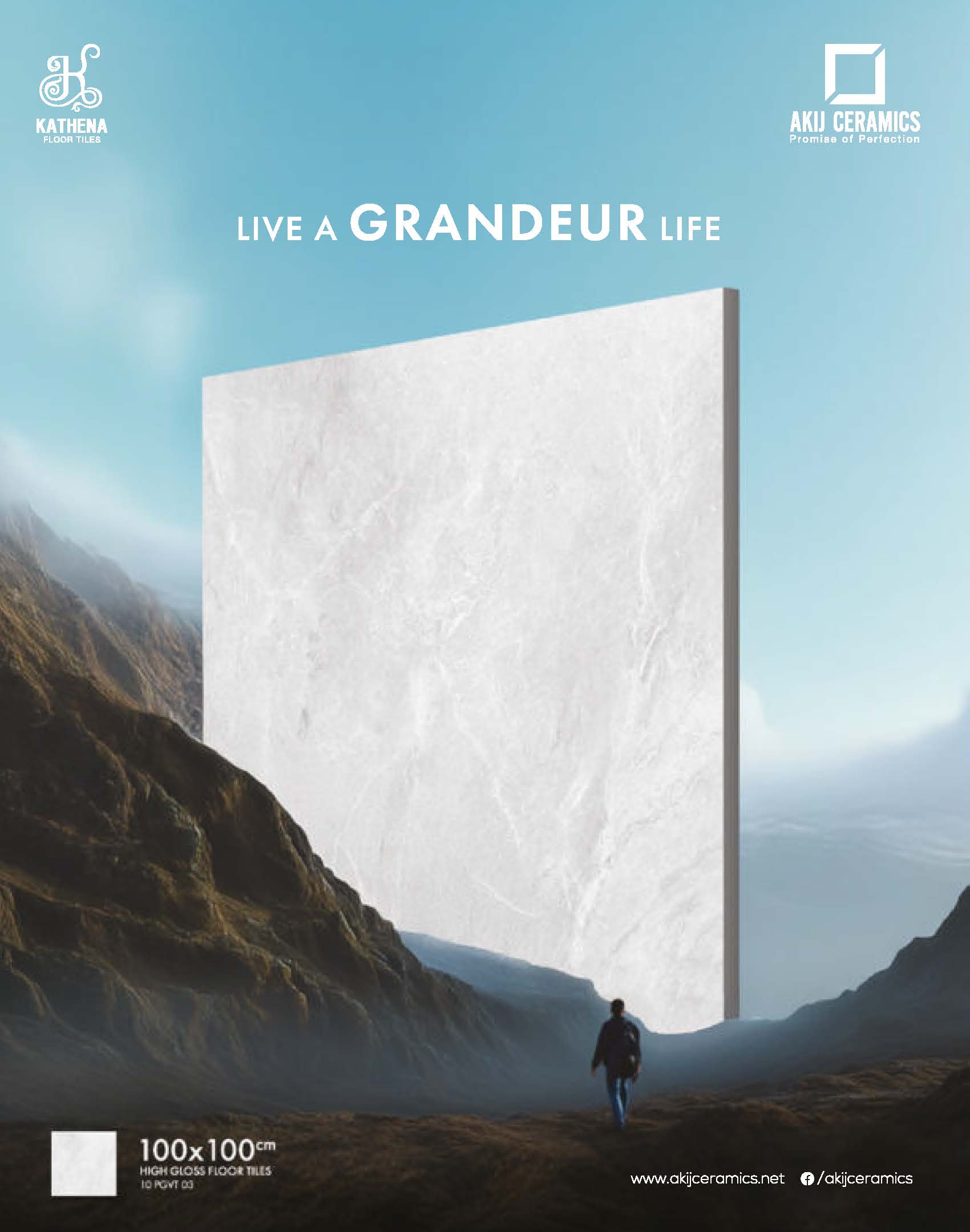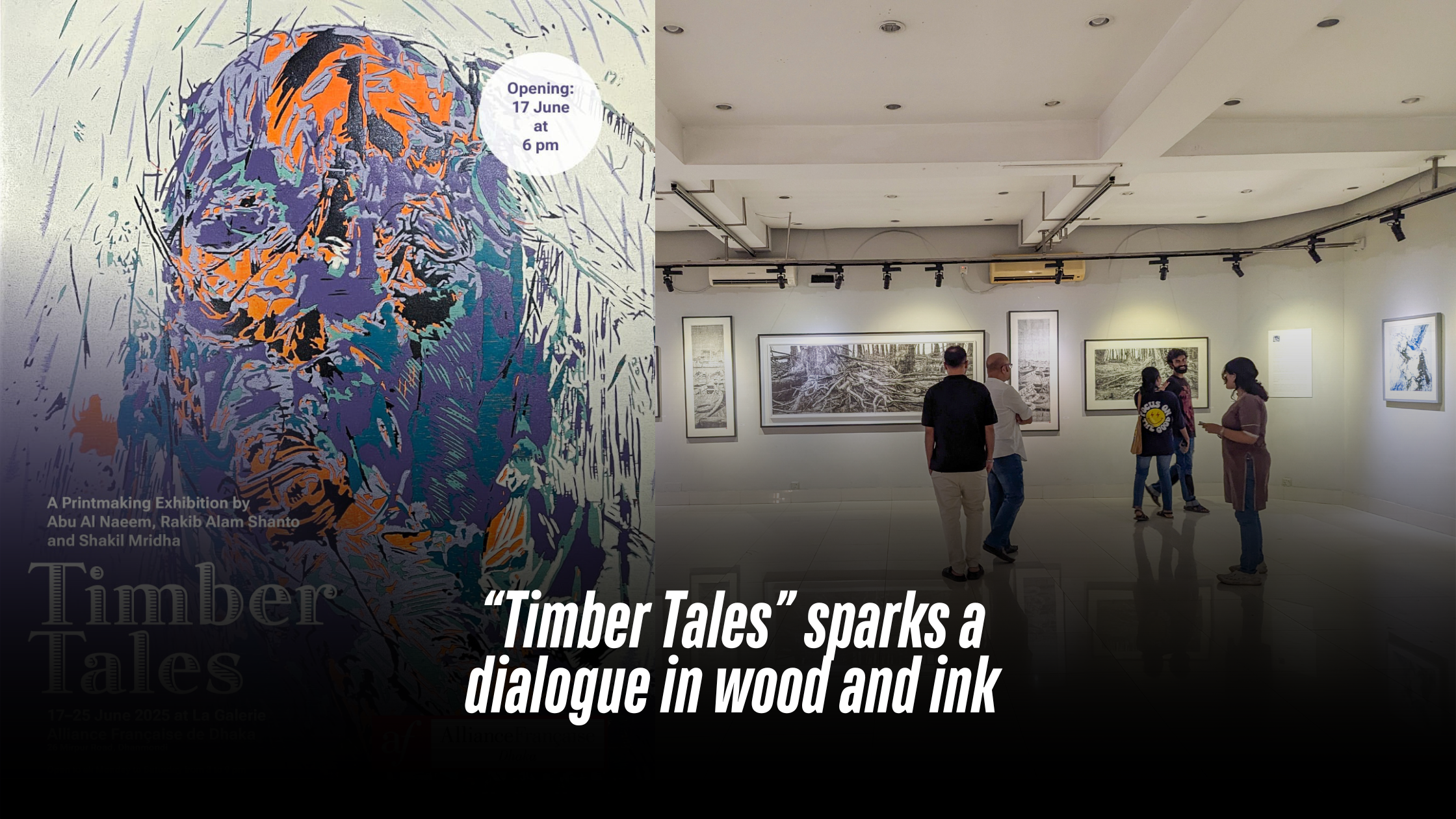
“Timber Tales” sparks a dialogue in wood and ink
The ongoing exhibition titled Timber Tales at La Galerie, Alliance Française de Dhaka, invites audiences to experience the collaborative journey of three emerging artists who explore memory, process, and material through the art of woodcut printmaking. Within the exhibition, a faint, earthy scent of wood and ink hangs in the air. Walking into the gallery, some might find themselves pausing longer than expected, tracing the grain of the wood, as if searching for their own stories between the lines. The exhibition features three artists—Rakib Alam Shanto, Shakil Mridha, and Abu Al Naeem—who express individuality through their woodcut prints. This contemplative exhibition is running from June 17 to June 25, 2025. Curated by the artists themselves, the exhibition reimagines the possibilities of woodcut as a medium. Here, the tactile intimacy of carved timber meets the visual language of reflection, nostalgia, and search. As you wander through the space, individual voices emerge. Shakil Mridha’s work, with its minimalistic yet profound geometric forms, feels like a contemporary ode to Bangladeshi folk art, skillfully abstracting familiar motifs. Rakib Alam Shanto’s large-scale black and white pieces command attention, a powerful revival of a classic tradition, showcasing his remarkable focus. And Abu Al Naeem’s pieces, often abstract, subtly reveal hidden figures, reflecting his continuous exploration of materials and techniques. Each artist, in their unique way, elevates woodcut beyond mere reproduction, transforming it into a medium of profound personal expression. And through that expression, each of their work reflects the heart of the creative process, where stories are carved into existence. At the heart of Timber Tales is a tribute to beginnings, to the mentor who shaped them, and to the space where it all began. Their acknowledgement of Professor Md. Anisuzzaman, whose generous guidance helped steer their vision, reveals the deeply collaborative ethos of the show. “This is where it all began—for the three of us,” reads a line from the exhibition note, underscoring the intimate bond between craft, community, and coming-of-age. In an era of digital immediacy, there’s something revolutionary about the deliberate slowness of woodcut. And the three artists have breathed new life into the ancient art of woodcut. More than just a technique, it’s a dialogue between human touch and natural materials. Each frame holds a deeper narrative of tireless dedication—the careful selection of wood, the precise cuts, the methodical inking, and the final, expectant press. Open to all and continuing until 25 June 2025, Timber Tales will leave visitors with more than just images on paper. In a city rushing to reinvent itself, the exhibition feels like a pause, a reminder of our roots with a sense of belonging—to the artists, to the materials, and to the timeless, meditative act of making. Written By Samira Ahsan
Spotlights

Dissonance Of Debris
From May 17th to 31st, the solo painting exhibition titled “Debris” by Kazi Salahuddin Ahmed adorned the walls of La Galerie, Alliance Française de Dhaka, Dhanmondi. The two-week-long, thought-provoking exhibition featured nearly 30 works on board paper, providing spectators with a glimpse into the artist’s most recent studies. Remembering is a kind of rebellion in Kazi Salahuddin Ahmed’s universe. His solo exhibition, “Debris,” was an uncompromising documentation of human vulnerability. The artist’s recollections of Bangladesh’s 1971 Liberation War seep into modern tragedies—Gaza’s annihilation, the Rohingya exodus, and Kashmir’s stifled cries. The paintings didn’t merely show ruins; they also resurrected spirits. Ahmed’s life had several eras of turmoil. Born within a world transformed by partition and war, his early work in the 1980s was abstract, but the twenty-first century tightened his emphasis. The song “Debris” captures this progression. Each piece is a palimpsest, with layers of pigment representing the strata
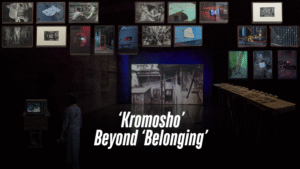
‘Kromosho’: Beyond ‘Belonging’
In the middle of the 2000s, a young Munem Wasif started sifting through Old Dhaka’s veins with his aged friend Zenit—a mechanical artifact from the Soviet era. His 2012 photography masterwork “Belonging,” which would revolutionize visual storytelling in Bangladesh’s art scene, was the culmination of a journey that began with this. Similar to the constantly flowing dark waters of Buriganga, which has seen Dhaka undergo changes, Wasif’s own artistic endeavors have veered through several stages throughout time. His work has continuously pushed audiences to look past the obvious, from “Seeds Shall Set Us Free” to “Collapse.” But despite all of these adventures, one thing stayed the same: his strong, unwavering bond with Old Dhaka. Munem Wasif is doing a solo show in Dhaka after nearly 16 years. Titled “Kromosho,” the show is currently ongoing at the capital’s Bengal Shilpalay. Tanzim Wahab served as the exhibition’s curatorial advisor, Iftekhar Hassan as a project assistant, and Dehsar Works as the architectural designer. It is open to everyone and will end on May 31, 2025. “I felt like something was lacking as soon as ‘Belonging’ was released. I felt that I just got the surface of the people and their celebrations; I couldn’t reach the core of their daily existence, the ‘life’ of Puran Dhaka. That’s when I thought of creating “Kheya”l. This exhibition is like a testament to my last two decades of transformation,” remarked Wasif when asked about “Kromosho”. The opening at Bengal Shilpalay was buzzing with energy as art lovers gathered to witness what promises to be one of the most memorable exhibitions in recent times. The exhibition unfolds like a carefully composed symphony in three movements. Starting from Wasif’s ethereal black-and-white photographs from the ‘Belonging’ era, now in dialogue with new color works from ‘Stereo.’ This juxtaposition creates a fascinating tension between past and present, memory and reality. At ‘Kheyal,’ the filmic meditation about what pulses through Old Dhaka’s veins. At ‘Shamanno’ and ‘Paper Negative,’ the installations blend documentation with imagination, challenging our perceptions of what is real and what is remembered. From a critical viewpoint, Old Dhaka represents a ticking time bomb—overcrowded and decaying, it’s an ugly relic of our greed and collective neglect. But Wasif’s work reveals depths hidden in plain sight: the “life” amongst all these. Beyond the obvious chaos lies a world of hidden poetry. This is what ‘Kromosho’ captures so brilliantly—not just images of a place, but its very essence. The exhibition becomes a mirror, asking questions about what we preserve and what we discard in our relentless march toward modernity. In an age of rapid urbanization and cultural amnesia, Wasif’s work serves as both archive and elegy, reminding us of some stories that cannot be captured through cameras or words. To experience its truest essence, you have to be there in flesh and psyche. As visitors move through the gallery, they’re invited not just to see, but perhaps to introspect. In this sense, ‘Kromosho’ transcends being merely an art exhibition; it becomes a conversation, a homecoming, and, most importantly, a call to witness.
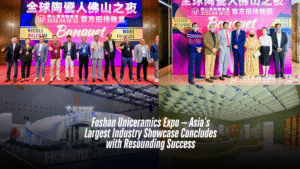
Foshan Uniceramics Expo — Asia’s Largest Industry Showcase Concludes with Resounding Success
2025 Foshan Uniceramics Expo Concludes Successfully, Global Ceramic Industry Gathers for the Event. From April 18 to 22, the 2025 Foshan Uniceramics Expo was successfully held at the Foshan Tanzhou International Convention and Exhibition Center. As the biggest ceramics expo in Asia and a benchmark for the industry, this year’s event brought together over 600 brands from the ceramic, sanitary ware, and equipment & materials sectors, covering the entire industrial chain and showcasing the world’s most cutting-edge new products, designs, technologies, equipment, and materials. For this year’s exhibition, the international participation reaches new heights. 2025 Foshan Uniceramics Expo attracted overseas brands from Italy, Turkey, Japan, Germany, Australia, and other countries, with Indonesian ceramic brands making their debut as a group. The equipment and materials section highlighted its international appeal, featuring continued participation from leading companies in Italy, Germany, Turkey, and other nations, along with new exhibitors from additional countries. Moreover, professional buyers from 85 countries and regions attended, including distributors, traders, engineering firms, and ceramic manufacturers, further solidifying the exhibition’s global influence. Foshan Uniceramics Expo remains committed to its mission of “Bridging world ceramics to China, and China’s ceramics to the world.” Moving forward, it will continue to foster deeper exchanges and cooperation in the global ceramics industry, injecting new vitality into its international development. Stay tuned for the next edition!

Celebrating Hamiduzzaman Khan
From 31 January to 15 March, the first-floor gallery of the capital’s Bengal Shilpalay transformed into a mesmerizing display of incredible sculptures and paintings. Titled “Hamiduzzaman Khan,” the spectacular exhibition organized by Bengal Arts Programme honored the life and works of Hamiduzzaman Khan, one of Bangladesh’s most distinguished sculptors. The inauguration took place on Jan 31, graced by the presence of artist and art writer Mustafa Zaman; the director general of Bengal Foundation, Luva Nahid Choudhury; prominent Bangladeshi-Spanish artist Monirul Islam; and architect Mustapha Khalid Palash. Neatly curated by the esteemed Mustafa Zaman, the exhibition was a visual diary of Hamiduzzaman’s lifelong dedication to modern experimental art, which provided visitors with a profound insight into his artistic journey. Some pieces were delicate and intricate, while others were monumental and commanding. His use of geometric abstraction and semi-abstract forms is a testament to his imagination and craftsmanship. The artist has spent decades exploring new artistic dimensions. His ability to transform objects into unique sculptural forms has captivated art lovers even beyond borders for decades. The exhibition at Bengal Shilpalay featured quite a big collection of his artworks, showcasing his talent across multiple mediums including metal and stone sculptures, watercolor paintings, and acrylic paintings inspired by his sculptures. It also showcased some of his sketches, exhibition catalogues, and books on his art. The curator, Mustafa Zaman, praised the artist’s innovative approach to form and structure. He remarked, “Hamiduzzaman sir has consistently delved into the essence of objects, transforming and redefining their shapes in extraordinary ways. His creations showcase decades of dedication and artistic exploration, reflecting a deep commitment to pushing boundaries and reimagining possibilities.” Zaman highlighted the artist’s ability to blend tradition with experimentation, resulting in works that are both timeless and groundbreaking. Hamiduzzaman’s art, he noted, stands as a testament to his relentless pursuit of reinterpreting the familiar into something profoundly unique and thought-provoking. Prominent architect Mustapha Khalid Palash, a guest at the inauguration, shared his admiration, saying, “His simple yet deeply impactful works remain a source of inspiration. This exhibition beautifully celebrates his artistic legacy, offering younger generations a chance to reflect on and reconnect with their cultural roots. It’s a tribute to his enduring influence and a reminder of the power of art to bridge the past and present.” Born in Kishoreganj in 1946, Hamiduzzaman Khan studied at Dhaka Art College (now the Faculty of Fine Arts, Dhaka University) and was mentored by legendary artists like Zainul Abedin, Abdur Razzaque, and Mustafa Monwar. He transitioned from painting to sculpture, pioneering sculpture parks in Bangladesh and leaving behind an impressive legacy. Some of his most popular sculptures include “Shangshaptak” at Jahangirnagar University, “Flying Bird” at the World Bank Dhaka office, “Jagrotobangla” in Brahmanbaria, “Freedom” at Krishibid Institute, and “Peace Bird” at TSC. Expressing his gratitude, Hamiduzzaman Khan spoke about his journey as an artist. “Creating modern experimental artworks in various mediums has been my passion for many years. It hasn’t always been easy, but I am grateful for the support of my peers and art lovers.” The great artistic mind further added, “I am almost 80 years old, but I want to continue making art as long as my mind and body permit!’
International Affiliations
Business Insights
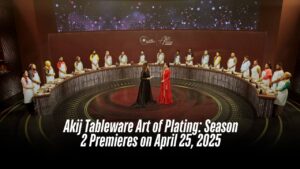
Akij Tableware Art of Plating: Season 2 Premieres on April 25, 2025
Get ready for Akij Tableware Art of Plating: Season 2, premiering April 25, 2025, and turning food into art! Airing weekends on Bangla Vision at 8:15 PM, RTV at 7:10 PM, Deepto Television at 9:30 PM, and streaming on Chorki with new episodes every Friday and Saturday, this vibrant reality show celebrates Bangladesh’s culinary soul. Rooted in Bengali traditions of family and hospitality, contestants transform dishes like fish curries and creamy dal into visual poetry, blending heritage with modern flair. Following its 2022 debut, Season 2 brings high-energy challenges and showcases local talent, from aspiring chefs to home cooks, competing for the “Plating Maestro” title. The grand prize includes BDT 10,00,000, a professional culinary course, national media exposure, and an exclusive Akij Tableware dinner set. With a BDT 20,00,000 prize pool, runners-up and top participants earn cash, certificates, and recognition. Guided by renowned chef Daniel C. Gomez, contestants craft edible masterpieces, judged on aesthetics, technique, and culinary insight after auditions at Hatirjheel Amphitheater. Tune in to Art of Plating: Season 2 to witness a movement redefining dining as a feast for the eyes and soul, where every plate tells a story!
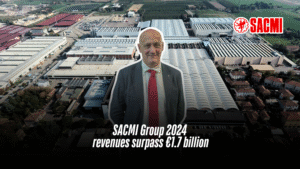
SACMI Group 2024: revenues surpass €1.7 billion
The yearly financial statement – approved yesterday, 16th May, during the Parent Company Shareholders’ Meeting – highlighted a net equity of more than one billion euros, growing margins and financial solidity. 2024 also saw the drafting of the first Group Sustainability Plan. Paolo Mongardi, President of SACMI, states: “Sustainability is the fuel of future competitiveness. We continue to invest in people and remain focused on the values that have guided SACMI’s enduring worldwide success” Imola, 17th May 2025 – SACMI closes 2024 with sales revenues of 1.728 billion euros. Despite the complex international economic and geopolitical backdrop, the company’s economic and financial fundamentals proved to be sound. For the first time, net equity exceeded one billion euros (1.055 billion, +172 million compared to 2023) while EBITDA settled at over 323 million euros and EBIT at 236 million. Net profit exceeded 200 million. These were the highlights of the Consolidated Financial Statement, presented yesterday evening, 16th May, at the Parent Company’s (SACMI Imola) Shareholders’ Meeting. “2024 was a solid year that went beyond expectations”, pointed out the President, Paolo Mongardi. “SACMI’s forward-thinking strategy rests on solid foundations and fully embraces the global drivers of digitalization and sustainability”. The year saw a continued focus on the core businesses, confirming the sterling reputation of – and customers’ confidence in – SACMI products across all sectors. In parallel with the to-be-expected slowdown in the ceramic sector – the result of international tensions and the sluggish global construction market – the Rigid Packaging, Advanced Technologies, Packaging & Chocolate sectors all performed excellently, driven by highly dynamic markets receptive to innovation. Investment remained consistently high in 2024 at 71 million euros, in line with the previous year, with a strong focus on innovation (276 new patent applications in 2024 alone, over 6,200 in the Group’s history) and training (over 94,000 hours). In parallel, SACMI confirms its role as a key player in the manufacturing industry’s ecological transition: during the year it presented innovative firing processes (e.g. electric), new process control solutions (thanks also to the acquisition of a majority share in Italvision in 2024), plus new eco-compatible standards, processes and materials in the packaging sector. “Sustainability is the key to future competitiveness”, explains President Paolo Mongardi. “We continue to invest in people by focusing on our values, which have consistently guided SACMI to worldwide success.” The green commitment is also evident at Governance level: the obligations of the new European CSRD (Corporate Sustainability Reporting Directive) were brought forward to 2024 and the first Group Sustainability Plan – an ambitious project that details actions and goals along the entire value chain, from suppliers to local communities – was drawn up. In the ESG sphere, SACMI has strengthened monitoring of indirect emissions linked to the use of its products and plants: this is part of an approach that centers on eco-design and the entire product life cycle to ensure processes are truly circular and impacts are minimized. The share of self-produced renewable energy is also growing (2.6 million kWh), the goal being to progressively decarbonize production facilities. On the employment front, the Group had a total of 4,756 employees at the end of 2024, with over 50% of new hires aged under 30. Close collaboration with universities and research facilities also continued. Ties with local communities – a part of SACMI’s DNA since its founding – became even stronger in 2024, with 90% of procurement networks consisting of local suppliers. Over the three-year period, the company also donated 2.4 million euros to healthcare, educational, safety, inclusion, sports and cultural projects. The year 2024 was a special one for SACMI, with the company reaching the milestone of its 105th anniversary. “We enter 2025 aware of not just the challenges but also the opportunities”, concludes the President, Paolo Mongardi, “with all the confidence that only a long history of innovation, solidity and responsibility can provide”.
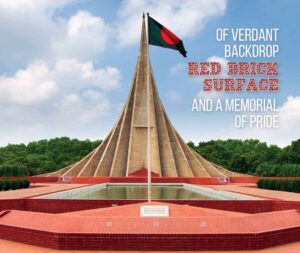
Business -Of Verdant Backdrop Red Brick Surface and A Memorial Of Pride.
Architecture, in its own language, has the power to narrate stories, forge distinctive perspectives, and evoke profound emotions. The National Martyrs’ Memorial in Savar is one of those powerful architectures that bear the history and bravery of the nation with its grandeur and glory. Located in Savar, an industrial hub on the outskirts of Dhaka, the monument stands tall as an emblem of reverence, embodying the nation’s profound gratitude to those brave souls who made the ultimate sacrifice in the pursuit of self-determination for the Bengali people. After taking a short tour around it, visitors can’t help but feel a sense of awe and pride as they contemplate the nation’s immense history and resilience. The vast landscape, the luscious greenery surrounding it, and the soaring height of the establishment will remind of its relative insignificance in the grand scheme of things. The month of March in Bangladesh is a time of remembrance and reflection. For millions of Bangladeshis, Independence Day is a day of extraordinary sentiments, containing both happiness and grief as the country earned its sovereignty 54 years ago at the cost of 3 million lives. Three phases of construction: The National Martyrs’ Memorial is designed by architect Syed Mainul Hossain (1952-2014). With a distinguished jury, including architect Muzharul Islam, a national design competition for the monument took place in 1978. (The previous attempt didn’t yield any satisfactory results.) Among 57 contenders, the young 26-year-old architect Mainul emerged victorious with his standout design. The inception of the project dates back to 1972, marking the acquisition of approximately 110 acres by the government. Of this expanse, 84 acres were dedicated to the construction of the main complex, while the remaining land was set aside for a verdant land-water greenbelt. The initial phase saw the creation of access roads, laying the foundation for subsequent development. In the second phase spanning from 1974 to 1982, significant infrastructural elements such as mass graves, helipads, parking facilities, and pavements were meticulously established. Finally, the third phase in 1982 witnessed the realisation of the main monument, along with the establishment of the greenbelt and a cafeteria, concluding the completion of this national monumental endeavour. The main monument was built by Concord in 1982 in only 89 days. In 1988, architect Syed Mainul Hossain received the Ekushey Padak, one of the highest civilian honours of the country, in recognition of his profound contribution to Bangladesh’s cultural heritage. A sneak peek into this architectural marvel: The central structure of the National Martyrs’ Memorial comprises seven pairs of triangular shapes, each representing pivotal events that propelled Bangladesh towards its independence. Starting with the outermost and shortest triangle, the structures progressively increase in height, leading up to the innermost peak. This architectural metaphor symbolises the nation’s ascent despite formidable challenges. The monument is made of concrete, in contrast with the rest of the structures and pavements, which are made of red bricks. Its design offers a multifaceted viewing experience, presenting a symmetrical pyramid-like formation when observed from afar. However, closer inspection reveals a dynamic interplay of angles and perspectives, inviting visitors to explore its intricate details firsthand. Notably, the surface of the structure is intentionally uneven, mirroring the tumultuous journey towards freedom and independence. This tactile representation serves as a poignant reminder of the sacrifices made and the resilience required to overcome adversity. The whole campus is adorned with trees, walkways, an artificial lake, and a cafeteria. Interplay of numbers: Numerology serves as a hidden vital factor behind the intricate design of the National Monument, reminiscent of ancient architectural wonders like the Athenian Parthenon, where numbers were revered as the essence of aesthetic perfection and cosmic harmony. At the heart of this establishment lies the mystical number 7, symbolising the seven pivotal movements that shaped Bangladesh’s path to independence between 1952 and 1971. The first of these 7 historical contexts is the language movement of 1952. This was followed by the United Front elections of 1954, the Constitution Movement of 1956, the Education Movement of 1962, the Six-Point Movement of 1966, the People’s Uprising of 1969, and then the final victory through the Great Liberation War of 1971. However, these 7 pillars or the number 7 also have different implications if we look at them from different facets. For example, among others, the Language Movement in 1952 contains 5+2=7; December 16, the day of independence in 1971, has 1+6=7; and there were 7 Birsreshto (war heroes) who sacrificed their lives for the cause of liberation. Written Kaniz F. Supriya

Business – Smart Fire Safety is a must for SMART BANGLADESH.
A three-day 9th International Fire Safety and Security Exhibition-2024 concluded with a focus on bolstering Bangladesh’s fire safety measures and aims to reduce fire risks, utilise modern equipment for safety, and raise awareness among the mass people. In the expo held on February 17-19, the people engaged in the industry underscored the need for amending the Bangladesh National Building Code (BNBC) 2020 as part of ensuring preventive measure of fire incidents and maintaining fire safety compliance in factories, housing and public infrastructure including mega projects. Held at the Bangabandhu International Conference Centre (BICC) in Dhaka, the expo was organised by Electronics Safety and Security Association of Bangladesh (ESSAB) in association with Bangladesh Fire Service and Civil Defence (BFSCD), Fire Fighting Equipment Business Owners Association of Bangladesh (FEBOAB), Federation of Bangladesh Chambers of Commerce and Industries (FBCCI), Bangladesh Garment Manufacturers and Exporters Association (BGMEA), Bangladesh Knitwear Manufacturers and Exporters Association (BKMEA), Bangladesh Textile Mills Association (BTMA), Dhaka North and South City Corporations, the Ministry of Commerce, and the Ministry of Home Affairs. More than 100 organisations from 30 countries including the USA, the UK, EU, China, India, the United Arab Emirates, and other Middle East countries took part in the expo. And more than 15,000 local and foreign visitors visited the expo. Salman F. Rahman, Private Industry and Investment Adviser to the Prime Minister, inaugurated the expo on February 17 while Fire Service and Civil Defence Director Brigadier General Mohammad Main Uddin, FBCCI President Mahbubul Alam and BGMEA President Faruque Hassan were present, among others. Brig. Gen. Main Uddin informed a seminar during the expo that the Fire Service and Civil Defence (FSCD) received 22,300 fire incidents per year but last year it was increased to 28,703 while on an average 150 deaths are recorded every year. In these incidents, an average loss was Tk 368 crore each year and the loss amounted to around Tk 793 crore last year. About 36 per cent fire incidents was caused by electricity last year, he added. Architect Iqbal Habib said using technology harnessing data from every level is a must to monitor and manage city infrastructure to build smart city and provide facilities to citizens. He also said if the soft copy of the building design is on the device, it will reach the fire fighters at the premises within a second. The PPP model will ensure smart safety and security solution to make sure that fire incident would not take place. Investment required for boosting the industry: With the expansion of industrialisation, the demand for fire safety and security equipment is rapidly growing in Bangladesh. But the country is still highly dependent on imported products. Industry insiders say Bangladesh has to depend on around 95 per cent import of the products. So, the country has a scope of attracting a huge investment, and also export the products meeting domestic demand for around Tk 15,000 crore market, if investors get adequate policy support from the government. ESSAB Safety Excellence Award 2024: A total of 13 organisations have been awarded at the expo for ensuring building code compliance and fire safety measures in residential, industrial, commercial buildings. Among them, Rancon Artisti Residences stood first in the residential building category, while Sheltech Rubynur stood second, and Concord Shapla third. In the Commercial Building Category, Shanta Forum, Concord MK Heritage and BGMEA Complex received the award as the First, Runner-Up and Second Runner-Up. Six companies jointly won the excellence award in the Industrial (RMG) category. Among them, Glamour Dresses Ltd. and Designtex Knitwear Ltd. were named the top winners. Tasniah Fabrics Ltd. and SQ Birichina Ltd. came next, followed by Sterling Denims Ltd. and Silken Sewing Ltd. Besides, BM Container Depot Ltd. received the award in the industrial other category. ESSAB also gave special recognition to five fire service personnel for their brave role in fire fighting and rescue operations. They are Deputy Assistant Director of Fire Service and Civil Defence Department Md. Faisalur Rahman and Mohammad Safiqul Islam, Senior Station Officer Md. Nazim Uddin Sarkar, Warehouse Inspector Md. Zahirul Islam and Fire Fighter Alhaj Miah. PPP required to explore untapped market: ESSAB: The ESSAB Secretary General, Zakir Uddin Ahmed, said the sector is important to protect people’s lives and properties from fire and earthquake incidents, and ensure sustainable economic development. So, what are needed include significant awareness, regular checks of the fire safety equipment, and use of quality materials. Mr. Zakir, also Chief Executive Officer of ZM International, stated that PPP is required to explore the untapped market. “We are ready to help investors here. So, policy assistance is the main issue to bring more investment. To create awareness, he fires safety issue should be included in textbooks,” he said adding that high import duty on the products is a key challenge in the industry. In this context, the government should provide all necessary facilities such as policy support, duty cut, and incentive so that investors come to invest in the sector.
Watch On
More info Please Connect with us on:
Facebook - https://www.facebook.com/bcmeabd/
Linkedin: https://www.linkedin.com/company/89508622/admin/
SUBSCRIBE NOW!
<a href="https://youtube.co
More info Please Connect with us on:
Facebook - https://www.facebook.com/bcmeabd/
Linkedin: https://www.linkedin.com/company/89508622/admin/
SUBSCRIBE NOW!
<a href="https://youtube.co
More info Please Connect with us on:
Facebook - https://www.facebook.com/bcmeabd/
Linkedin: https://www.linkedin.com/company/89508622/admin/
SUBSCRIBE NOW!
<a href="https://youtube.co
More info Please Connect with us on:
Facebook - https://www.facebook.com/bcmeabd/
Linkedin: https://www.linkedin.com/company/89508622/admin/
SUBSCRIBE NOW!
<a href="https://youtube.co
More info Please Connect with us on:
Facebook - https://www.facebook.com/bcmeabd/
Linkedin: https://www.linkedin.com/company/89508622/admin/
SUBSCRIBE NOW!
<a href="https://youtube.co
More info Please Connect with us on:
Facebook - https://www.facebook.com/bcmeabd/
Linkedin: https://www.linkedin.com/company/89508622/admin/
SUBSCRIBE NOW!
<a href="https://youtube.co
More info Please Connect with us on:
Facebook - https://www.facebook.com/bcmeabd/
Linkedin: https://www.linkedin.com/company/89508622/admin/
SUBSCRIBE NOW!
<a href="https://youtube.co
More info Please Connect with us on:
Facebook - https://www.facebook.com/bcmeabd/
Linkedin: https://www.linkedin.com/company/89508622/admin/
SUBSCRIBE NOW!
<a href="https://youtube.co
More info Please Connect with us on:
Facebook - https://www.facebook.com/bcmeabd/
Linkedin: https://www.linkedin.com/company/89508622/admin/
SUBSCRIBE NOW!
<a href="https://youtube.co
More info Please Connect with us on:
Facebook - https://www.facebook.com/bcmeabd/
Linkedin: https://www.linkedin.com/company/89508622/admin/
SUBSCRIBE NOW!
<a href="https://youtube.co
More info Please Connect with us on:
Facebook - https://www.facebook.com/bcmeabd/
Linkedin: https://www.linkedin.com/company/89508622/admin/
SUBSCRIBE NOW!
<a href="https://youtube.co
More info Please Connect with us on:
Facebook - https://www.facebook.com/bcmeabd/
Linkedin: https://www.linkedin.com/company/89508622/admin/
SUBSCRIBE NOW!
<a href="https://youtube.co
More info Please Connect with us on:
Facebook - https://www.facebook.com/bcmeabd/
Linkedin: https://www.linkedin.com/company/89508622/admin/
SUBSCRIBE NOW!
<a href="https://youtube.co
More info Please Connect with us on:
Facebook - https://www.facebook.com/bcmeabd/
Linkedin: https://www.linkedin.com/company/89508622/admin/
SUBSCRIBE NOW!
<a href="https://youtube.co
More info Please Connect with us on:
Facebook - https://www.facebook.com/bcmeabd/
Linkedin: https://www.linkedin.com/company/89508622/admin/
SUBSCRIBE NOW!
<a href="https://youtube.co
More info Please Connect with us on:
Facebook - https://www.facebook.com/bcmeabd/
Linkedin: https://www.linkedin.com/company/89508622/admin/
SUBSCRIBE NOW!
<a href="https://youtube.co
More info Please Connect with us on:
Facebook - https://www.facebook.com/bcmeabd/
Linkedin: https://www.linkedin.com/company/89508622/admin/
SUBSCRIBE NOW!
<a href="https://youtube.co
More info Please Connect with us on:
Facebook - https://www.facebook.com/bcmeabd/
Linkedin: https://www.linkedin.com/company/89508622/admin/
SUBSCRIBE NOW!
<a href="https://youtube.co
More info Please Connect with us on:
Facebook - https://www.facebook.com/bcmeabd/
Linkedin: https://www.linkedin.com/company/89508622/admin/
SUBSCRIBE NOW!
<a href="https://youtube.co
More info Please Connect with us on:
Facebook - https://www.facebook.com/bcmeabd/
Linkedin: https://www.linkedin.com/company/89508622/admin/
SUBSCRIBE NOW!
<a href="https://youtube.co
More info Please Connect with us on:
Facebook - https://www.facebook.com/bcmeabd/
Linkedin: https://www.linkedin.com/company/89508622/admin/
SUBSCRIBE NOW!
<a href="https://youtube.co
More info Please Connect with us on:
Facebook - https://www.facebook.com/bcmeabd/
Linkedin: https://www.linkedin.com/company/89508622/admin/
SUBSCRIBE NOW!
<a href="https://youtube.co
More info Please Connect with us on:
Facebook - https://www.facebook.com/bcmeabd/
Linkedin: https://www.linkedin.com/company/89508622/admin/
SUBSCRIBE NOW!
<a href="https://youtube.co
More info Please Connect with us on:
Facebook - https://www.facebook.com/bcmeabd/
Linkedin: https://www.linkedin.com/company/89508622/admin/
SUBSCRIBE NOW!
<a href="https://youtube.co
More info Please Connect with us on:
Facebook - https://www.facebook.com/bcmeabd/
Linkedin: https://www.linkedin.com/company/89508622/admin/
SUBSCRIBE NOW!
<a href="https://youtube.co
More info Please Connect with us on:
Facebook - https://www.facebook.com/bcmeabd/
Linkedin: https://www.linkedin.com/company/89508622/admin/
SUBSCRIBE NOW!
<a href="https://youtube.co
More info Please Connect with us on:
Facebook - https://www.facebook.com/bcmeabd/
Linkedin: https://www.linkedin.com/company/89508622/admin/
SUBSCRIBE NOW!
<a href="https://youtube.co
More info Please Connect with us on:
Facebook - https://www.facebook.com/bcmeabd/
Linkedin: https://www.linkedin.com/company/89508622/admin/
SUBSCRIBE NOW!
<a href="https://youtube.co
More info Please Connect with us on:
Facebook - https://www.facebook.com/bcmeabd/
Linkedin: https://www.linkedin.com/company/89508622/admin/
SUBSCRIBE NOW!
<a href="https://youtube.co
More info Please Connect with us on:
Facebook - https://www.facebook.com/bcmeabd/
Linkedin: https://www.linkedin.com/company/89508622/admin/
SUBSCRIBE NOW!
<a href="https://youtube.co
Auntora Mehrukh Azad's Solo Exhibition: "Solastalgia: Fragments of a Fading Horizon"
From October 19 to November 16, Auntora Mehrukh Azad presented her powerful solo exhibition at Platforms Gallery in Pragati Sarani, Baridhara, Dhaka. Open daily from 11 AM to 8 PM, this exhibit was a remarkable experience for art lovers, colle
Auntora Mehrukh Azad's Solo Exhibition: "Solastalgia: Fragments of a Fading Horizon"
From October 19 to November 16, Auntora Mehrukh Azad presented her powerful solo exhibition at Platforms Gallery in Pragati Sarani, Baridhara, Dhaka. Open daily from 11 AM to 8 PM, this exhibit was a remarkable experience for art lovers, colle
Architectural Trendsetters of Bangladesh | World Architecture Day 2024
On October 7, 2024, at BUET Graduates Club, we explored 'The City as a Project' with Tanzil Shafique, Assistant Professor at the University of Sheffield. His thought-provoking talk emphasized participatory urbanism for just cities.
Organized by @archiconnect.
Architectural Trendsetters of Bangladesh | World Architecture Day 2024
On October 7, 2024, at BUET Graduates Club, we explored 'The City as a Project' with Tanzil Shafique, Assistant Professor at the University of Sheffield. His thought-provoking talk emphasized participatory urbanism for just cities.
Organized by @archiconnect.
More info Please Connect with us on:
Facebook - https://www.facebook.com/bcmeabd/
Linkedin: https://www.linkedin.com/company/89508622/admin/
SUBSCRIBE NOW!
<a href="https://youtube.co
More info Please Connect with us on:
Facebook - https://www.facebook.com/bcmeabd/
Linkedin: https://www.linkedin.com/company/89508622/admin/
SUBSCRIBE NOW!
<a href="https://youtube.co
More info Please Connect with us on:
Facebook - https://www.facebook.com/bcmeabd/
Linkedin: https://www.linkedin.com/company/89508622/admin/
SUBSCRIBE NOW!
<a href="https://youtube.co
More info Please Connect with us on:
Facebook - https://www.facebook.com/bcmeabd/
Linkedin: https://www.linkedin.com/company/89508622/admin/
SUBSCRIBE NOW!
<a href="https://youtube.co
ATN NEWS TV has published this Deliberation.
More info Please Connect with us on:
Facebook - https://www.facebook.com/bcmeabd/
Linkedin: https://www.linkedin.com/company/89508622/admin/<b
ATN NEWS TV has published this Deliberation.
More info Please Connect with us on:
Facebook - https://www.facebook.com/bcmeabd/
Linkedin: https://www.linkedin.com/company/89508622/admin/<b
Ekushey Television has published this Deliberation.
More info Please Connect with us on:
Facebook - https://www.facebook.com/bcmeabd/
Linkedin: https://www.linkedin.com/company/89508622/admi
Ekushey Television has published this Deliberation.
More info Please Connect with us on:
Facebook - https://www.facebook.com/bcmeabd/
Linkedin: https://www.linkedin.com/company/89508622/admi
Jamuna TV has published this news.
Bangladesh Ceramic Manufacturers and Exporters Association (BCMEA) organized the three-day Bangladesh's largest ceramic expo to be held from 24-26 November 2022 at ICCB, Kuril, Dhaka where local and international manufacturers, exporters, and suppliers of ceramics met on one global platform.
More
Jamuna TV has published this news.
Bangladesh Ceramic Manufacturers and Exporters Association (BCMEA) organized the three-day Bangladesh's largest ceramic expo to be held from 24-26 November 2022 at ICCB, Kuril, Dhaka where local and international manufacturers, exporters, and suppliers of ceramics met on one global platform.
More
This news was published by SOMOY TV
More info Please Connect with us on:
Facebook - https://www.facebook.com/bcmeabd/
Linkedin: https://www.linkedin.com/company/89508622/admin/
SUB
This news was published by SOMOY TV
More info Please Connect with us on:
Facebook - https://www.facebook.com/bcmeabd/
Linkedin: https://www.linkedin.com/company/89508622/admin/
SUB
Bangladesh Ceramic Manufacturers and Exporters Association (BCMEA) is going to organize a three-day-long biggest Ceramic Expo of Bangladesh which will take place at ICCB, Kuril, Dhaka on 24-26th November 2022 where local and international manufacturers, exporters and suppliers of ceramic world will meet at a single platform.
More info Pl
Bangladesh Ceramic Manufacturers and Exporters Association (BCMEA) is going to organize a three-day-long biggest Ceramic Expo of Bangladesh which will take place at ICCB, Kuril, Dhaka on 24-26th November 2022 where local and international manufacturers, exporters and suppliers of ceramic world will meet at a single platform.
More info Pl
This news was published by The Business Standard Round Table
More info Please Connect with us on:
Facebook - https://www.facebook.com/bcmeabd/
SUBSCRIBE NOW!
https://youtube.com/@ceramicbangl
This news was published by The Business Standard Round Table
More info Please Connect with us on:
Facebook - https://www.facebook.com/bcmeabd/
SUBSCRIBE NOW!
https://youtube.com/@ceramicbangl
This news was published by NEWS24
More info Please Connect with us on:
Facebook - https://www.facebook.com/bcmeabd/
SUBSCRIBE NOW!
https://youtube.com/@ceramicbangladesh
For more updates
This news was published by NEWS24
More info Please Connect with us on:
Facebook - https://www.facebook.com/bcmeabd/
SUBSCRIBE NOW!
https://youtube.com/@ceramicbangladesh
For more updates
This news was published by Bangla Vision
Bangladesh Ceramic Manufacturers and Exporters Association (BCMEA) is going to organize a three-day-long biggest Ceramic Expo of Bangladesh which will take place at ICCB, Kuril, Dhaka on 24-26th November 2022 where local and international manufacturers, exporters and suppliers of ceramic world will
This news was published by Bangla Vision
Bangladesh Ceramic Manufacturers and Exporters Association (BCMEA) is going to organize a three-day-long biggest Ceramic Expo of Bangladesh which will take place at ICCB, Kuril, Dhaka on 24-26th November 2022 where local and international manufacturers, exporters and suppliers of ceramic world will
This Program was published by NEXUS TV (12-12-22)
More info Please Connect with us on:
Facebook - https://www.facebook.com/bcmeabd/
SUBSCRIBE NOW!
https://youtube.com/@ceramicbangladesh
This Program was published by NEXUS TV (12-12-22)
More info Please Connect with us on:
Facebook - https://www.facebook.com/bcmeabd/
SUBSCRIBE NOW!
https://youtube.com/@ceramicbangladesh
Bangladesh Ceramic Manufacturers and Exporters Association (BCMEA) is going to organize a three-day-long biggest Ceramic Expo of Bangladesh which will take place at ICCB, Kuril, Dhaka on 24-26th November 2022 where local and international manufacturers, exporters and suppliers of ceramic world will meet at a single platform.
Today BCMEA
Bangladesh Ceramic Manufacturers and Exporters Association (BCMEA) is going to organize a three-day-long biggest Ceramic Expo of Bangladesh which will take place at ICCB, Kuril, Dhaka on 24-26th November 2022 where local and international manufacturers, exporters and suppliers of ceramic world will meet at a single platform.
Today BCMEA
This news was published by DBC News TV (13-10-22)
More info Please Connect with us on :
Facebook - https://www.facebook.com/bcmeabd/
SUBSCRIBE NOW!
https://www.youtube.com/c
This news was published by DBC News TV (13-10-22)
More info Please Connect with us on :
Facebook - https://www.facebook.com/bcmeabd/
SUBSCRIBE NOW!
https://www.youtube.com/c
This news was published by DBC News TV (11-10-22)
More info Please Connect with us on :
Facebook - https://www.facebook.com/bcmeabd/
SUBSCRIBE NOW!
https://www.youtube.com/c
This news was published by DBC News TV (11-10-22)
More info Please Connect with us on :
Facebook - https://www.facebook.com/bcmeabd/
SUBSCRIBE NOW!
https://www.youtube.com/c
This news was published by EKHON TV (07-10-22)
More info Please Connect with us on :
Facebook - https://www.facebook.com/bcmeabd/
SUBSCRIBE NOW!
https://www.youtube.com/chan
This news was published by EKHON TV (07-10-22)
More info Please Connect with us on :
Facebook - https://www.facebook.com/bcmeabd/
SUBSCRIBE NOW!
https://www.youtube.com/chan
This news was published by BTV & BTV World (07-09-22)
অনুষ্ঠান : এই সময়ের অর্থনীতি
প্রচার তারিখ: 07-09-2022 প্রচার : বিটিভি ও বিটিভি ওয়ার্ল্ড
Concept and Planning by Shafiullah Sumon
More info Pleas
This news was published by BTV & BTV World (07-09-22)
অনুষ্ঠান : এই সময়ের অর্থনীতি
প্রচার তারিখ: 07-09-2022 প্রচার : বিটিভি ও বিটিভি ওয়ার্ল্ড
Concept and Planning by Shafiullah Sumon
More info Pleas
This news was published by Independent Television (01-09-22).
More info Please Connect with us on :
Facebook - https://www.facebook.com/bcmeabd/
SUBSCRIBE NOW!
https://www.y
This news was published by Independent Television (01-09-22).
More info Please Connect with us on :
Facebook - https://www.facebook.com/bcmeabd/
SUBSCRIBE NOW!
https://www.y
This news was published by 71.tv (03-08-22).
More info Please Connect with us on :
Facebook - https://www.facebook.com/bcmeabd/
SUBSCRIBE NOW!
https://www.youtube.com/channe
This news was published by 71.tv (03-08-22).
More info Please Connect with us on :
Facebook - https://www.facebook.com/bcmeabd/
SUBSCRIBE NOW!
https://www.youtube.com/channe


Subscribe Now
Testimonials

Ceramics Bangladesh magazine has quality and depth of information
Since subscribing to Ceramic Bangladesh Magazine, I’ve been incredibly impressed by the
Associates
Our Partners
